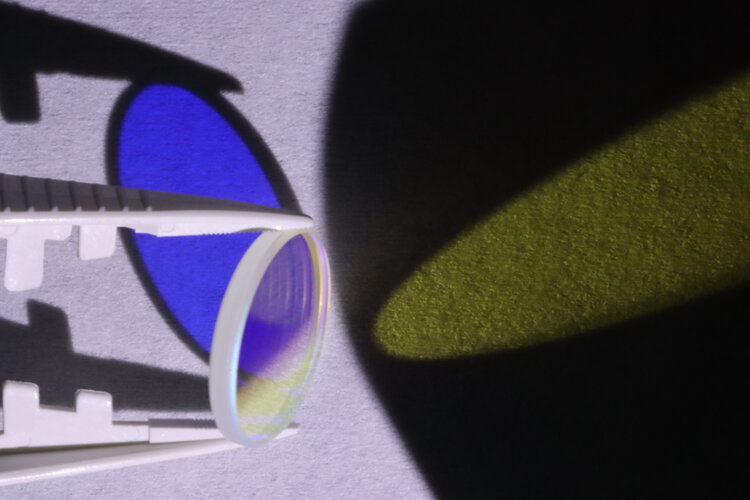A special test campaign undertaken in this ESA lab well before the launch of the Agency’s Euclid mission to explore the dark Universe has helped support an important manoeuvre that the newly-launched spacecraft is currently undertaking in space.
On 4 July, as Euclid headed on to its set observing point in space, 1.5 million km from Earth, it turned in its course to face the Sun for a planned 96 hours in total.
Why does it need to do this? Mauricio Portaluppi – an ESA contamination control engineer, who has been at the launch site supporting cleanliness and contamination control of the satelllite before its launch – explains: “Euclid needs boil away any moisture that potentially might have ended up freezing on its telescope mirrors, obscuring its otherwise pristine views of the distant cosmos beyond our own Milky Way galaxy”.
Euclid’s payload module is passively cooled down to cryogenic temperatures, so any water vapour outgassed from onboard materials such as the multi-layer insulation covering the spacecraft might condense on detectors and mirrors.
“This was more than a purely theoretical concern, because a previous ESA astronomy mission, the 2013-launched Gaia mission to map the Milky Way, also had to deal with the problem of water ice on its optics early in the mission,” explains Bruno Bras, an ESA contamination control expert who also worked on the Gaia project.
“The Materials and Electrical Components Laboratory here at ESA’s ESTEC technical centre worked diligently to recreate this problem on the ground so we could fully model it. This in turn allowed the characterisation of the readings measured in orbit and supported the Gaia spacecraft team in evaluating potential decontamination options and their associated risks. In fact the Lab team ended up winning an ESA Team Excellence Award for our support to Gaia.”
Szilvia Szmolka, ESA materials test engineer, adds: “In the case of Euclid, another cryogenic astronomy mission with a similar flight profile, the aim was to get ahead of the risk in advance. Working in collaboration with the Euclid team and the wider Euclid science consortium we used representative mirror samples in our Yuta vacuum facility to predict the effects of the ice on the Euclid telescope’s optical path, and to see how much heating would be needed to clear this contamination.”
The Lab’s test campaign also amassed a extensive spectral performance database for ice contamination, right down to a single nanometre – or millionth of a millimetre – of thickness, which can be used to support future missions as well.



 Image:
De-icing Euclid for 20/20 vision
Image:
De-icing Euclid for 20/20 vision